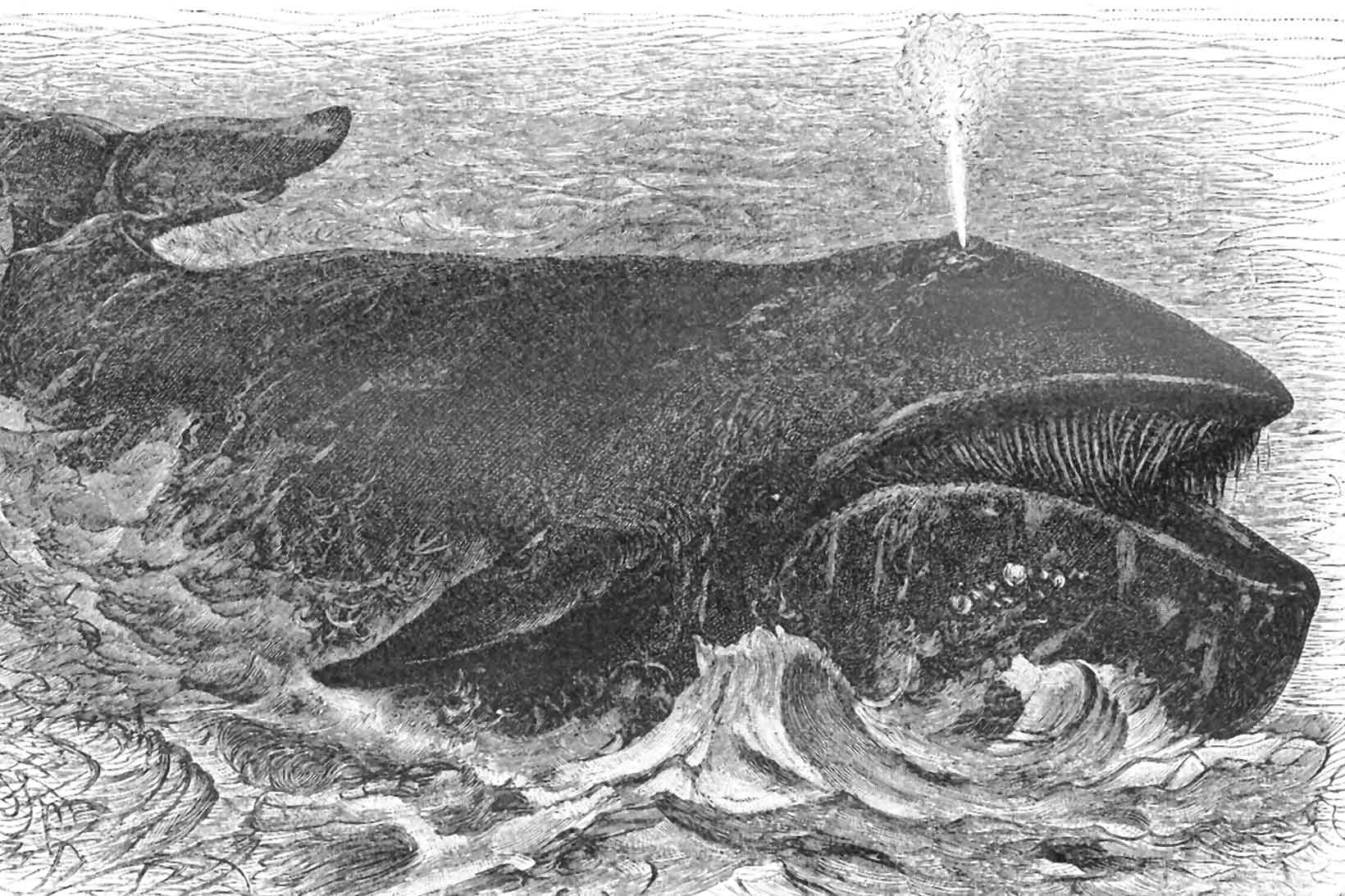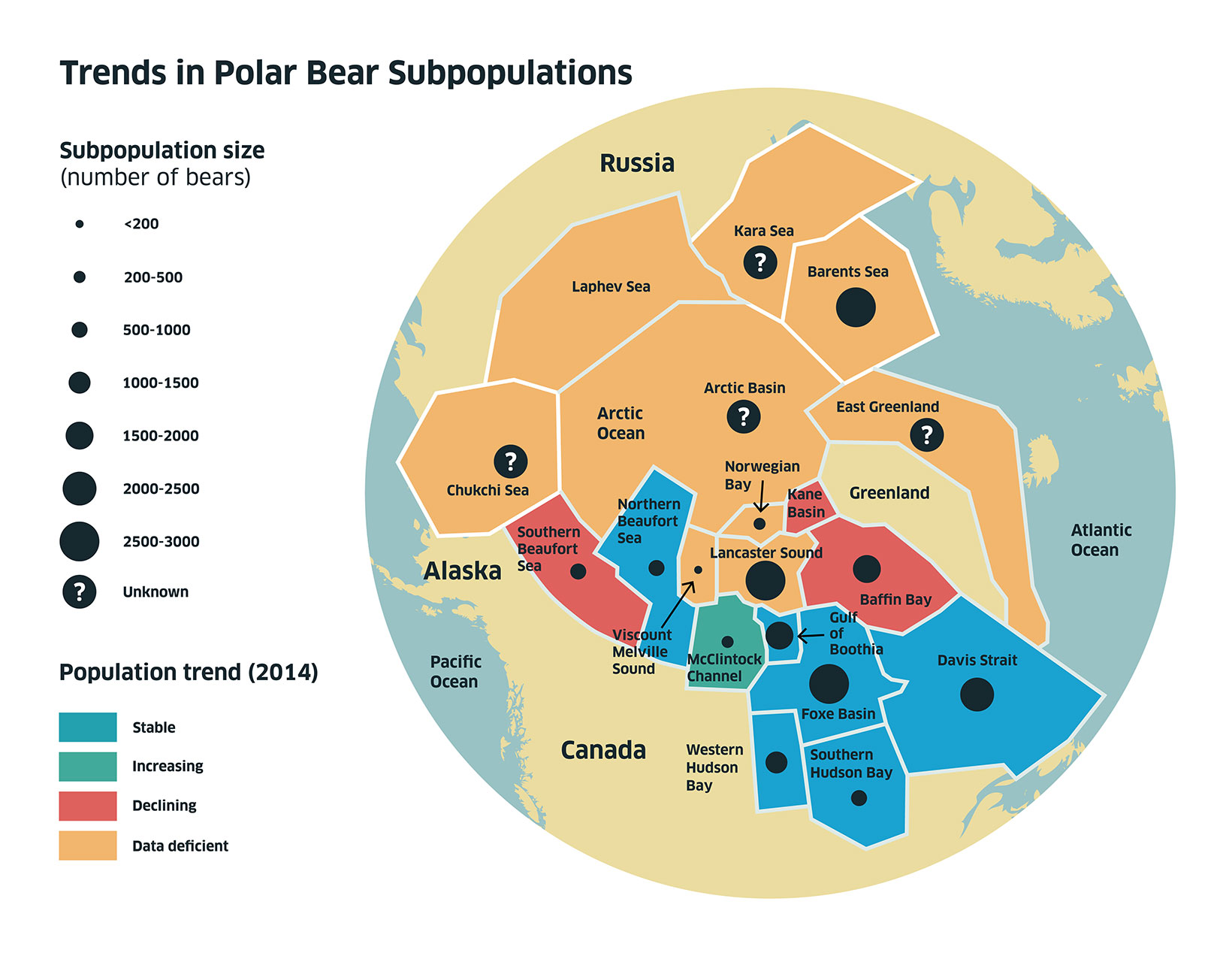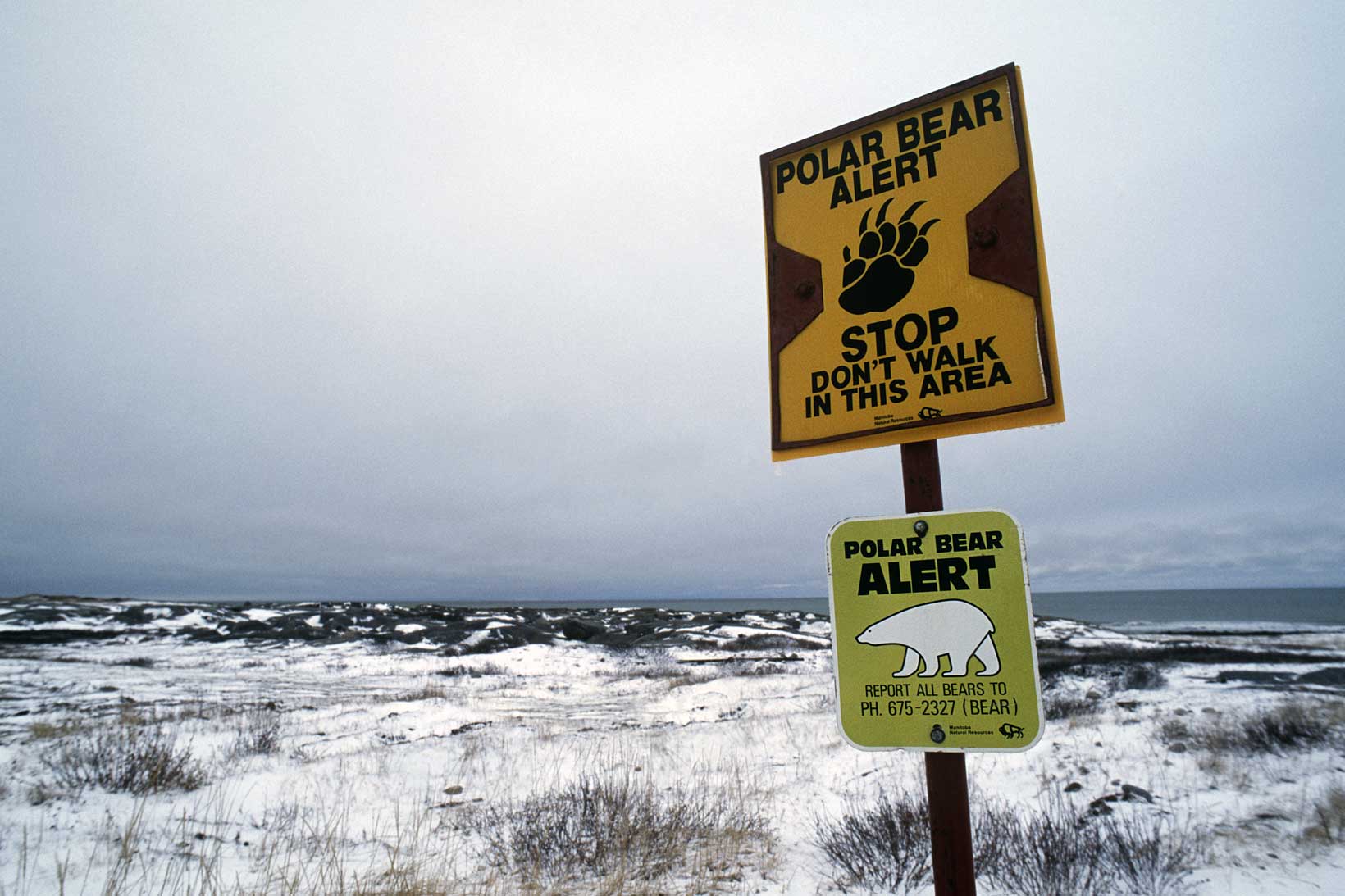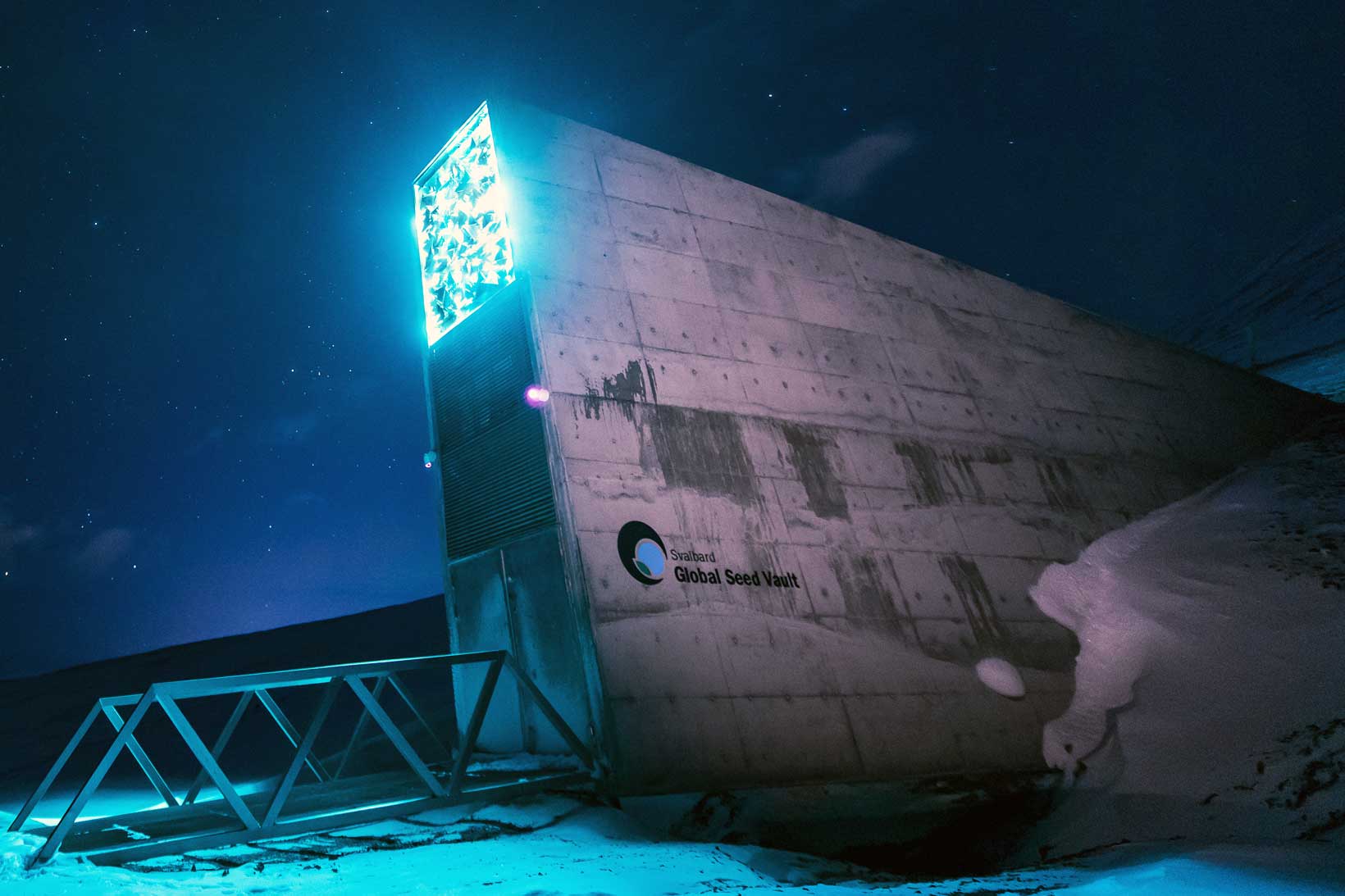“The Inuit have always hunted whales for food. The skin of the Beluga and Narwhal are rich in Vitamin C. Muktuq (Narhwal skin) is a local delicacy eaten raw. Bowhead whales provided meat and blubber used as oil for cooking and lighting.”
Arctic whales

Beluga is the Russian word for white. These whales are also nick-named ‘sea canaries’ because of the noises they make, whistles, clicks, grunts, squeals and screeches, which can be heard through ships’ hulls

A large head with a distinctive bow-shaped mouth, the Bowhead whale can break through ice up to 60 cm thick.

The Narwhal is called the unicorn of the sea because of its strange horn-like tooth, which can grow up to 3m long. It is only found in the Arctic.
Aboriginal subsistence whaling

The Inuit have always hunted whales for food. The skin of the Beluga and Narwhal are rich in Vitamin C. Muktuq (Narhwal skin) is a local delicacy eaten raw. Bowhead whales provided meat and blubber used as oil for cooking and lighting.
Whale blubber and oil has also been highly prized by visitors to the region who carried out commercial hunting operations for several centuries, seriously depleting the species. The oil was considered a luxury.
Go deeper!
- Find out more about aboriginal whaling across the Arctic region at the International Whaling Commission.
On thin ice
The Circumpolar Action Plan is a 10-year cooperation plan between the Range States that aims to strengthen their efforts in polar bear conservation. The plan was adopted in 2015.
At the biannual meeting of the Polar Bear Agreement in Greenland in 2015, the Range States adopted a 10-year Circumpolar Action Plan (CAP) with the goal to foster and strengthen international cooperation to conserve polar bears across their range. The CAP builds on each country’s national efforts and aims to lead to more efficient and effective use of conservation resources.
- Find out more at Polar Bear Range States

The Polar Bear, is the icon of the Arctic, but for how much longer? They are under threat from changes in habitat, pollutants and hunting.
Polar Bears are the top Arctic predator, apart from humans. They depend on sea ice for their existence; they use it as a platform from which to hunt seals. Recent findings show that the ice is thinning and melting due to global warming. More polar bears are now stranded ashore when the sea ice breaks up earlier in the spring. Some females are struggling to get ashore in the autumn in time to find a winter den so they can to give birth to their offspring. What will happen to them if as scientists predict there will be no ice by 2040?
Polar bear walking across the ice.
As the ice retreats, bears will be forced to stay on land to look for food, and this will result in more bear-human interactions. This can already be seen in Churchill, Manitoba, Canada and in Chukotka, Russia.
The town of Churchill is also known as the ‘Polar Bear Capital of the World’. Churchill has distinct seasons. For example, polar bear season is generally from July to November of each year, while whale season tends to take place between late June and August. The bears wait on the peninsula until the water freezes on Hudson Bay when they can return to the ice to hunt for seals. The opportunity to see polar bears close up attracts many tourists, who view them from a safe distance in ‘tundra buggies’ which are specially modified buses. The polar bears often wander into the town where they are tranquilised and held in enclosures until they can be released at a safe distance from the town.

Residents living in a remote Arctic village in Chukotka, Russia, noticed growing numbers of polar bears on land each autumn. In 2006 a polar bear killed a young girl in a neighbouring village. Together with the World Wildlife Fund, the village leaders introduced a ‘polar bear patrol’ to help protect both people and bears. The ‘Umky Patrol’ (Umky means polar bear in the Chukchi language) is very successful, neither humans nor bears have been harmed and the patrol also collects useful information about the bears.
- Bear Conservation
- “Stalked by a polar bear” (BBC Frozen Planet clip)
What to do if you encounter a polar bear
Nick Cox works as the station manager at the NERC Svalbard Research station – read his tips on what to do if you see a polar bear.

I teach rifle and polar bear safety. I have seen countless bears and have only once had a near encounter where I had to chase a mother and cub away.
1: If a day were an hour a bear sleeps for 50 minutes. Beware sleeping bears – whistle, talk make any noise to alert a sleeping bear and wake it in time for it to gather its wits and make a retreat.
2: A mother with cub or cubs is always dangerous.
3: Two year old cubs that have just left their mother are extremely dangerous. They are easily frightened and often hungry. Some have had to be shot in self defence. Their bellies contained seaweed.
4: If you see a bear, get down wind and head for an area, perhaps high ground, with a clear view. Call on your radio for assistance. Make flares and rifles ready. Rifle safety must not be forgotten. There have been some near miss incidents where rifle safety has been second to bear safety.
5: Bears zig zag and can for no apparent reason turn 180 degrees in their tracks. Do not let down your guard if the bear appears to be going away from you.
6: If a bear approaches close ranks and stand in a tight group. They hate the noise of a plastic bag (rucksack liner) being shaken at them.If the bear approaches closer, fire a flare or rifle round at the ground between you and the bear or at a safe bank of ground where the flare or rifle round will safely bury itself.
7: If you have to retreat drop a piece of clothing which the bear might investigate allowing you more time to retreat.
Nick Cox, station manager at the NERC Svalbard Research station
Arctic Science Summit
You are attending the Arctic Science Summit 2042
The Arctic Ocean is almost ice free all summer. The fragile ecosystem of the Arctic has been severely affected by climate change. The polar bear is threatened with extinction. You have to make a case for conserving this species.
- Describe how the environment has changed, and the consequences of easier access to this remote region. Consider the indigenous people and their relationship with the species. Look at protected areas and how they might be managed. Then present your case for conservation to the delegates.
Future of the species
The Svalbard Global Seed Vault – a bunker designed to keep samples of the world’s seeds safe at -18°C – opened in February 2008 in northern Norway.

The Seed Vault has the capacity to store 4.5 million varieties of crops. Each variety will contain on average 500 seeds, so a maximum of 2.5 billion seeds may be stored in the Vault.
Currently, the Vault holds more than 890,000 samples, originating from almost every country in the world. Ranging from unique varieties of major African and Asian food staples such as maize, rice, wheat, cowpea, and sorghum to European and South American varieties of eggplant, lettuce, barley, and potato. In fact, the Vault already holds the most diverse collection of food crop seeds in the world.
The focus of the Vault is to safeguard as much of the world’s unique crop genetic material as possible, while also avoiding unnecessary duplication. It will take some years to assemble because some genebanks need to multiply stocks of seed first, and other seeds need regenerating before they can be shipped to Svalbard.
- Find out more at Crop Trust
Considering biodiversity
- Why is maintaining biodiversity important?
- What seeds would YOU choose store in the seed bank?
- Are there any plants, landscapes or environments that you would definitely want protected by storing seeds?
- What plants do you think are most useful to humans now? How about in the future?
- There are already over 1400 local seed banks around the world, but many are in politically unstable or environmentally threatened nations. So why is Svalbard a good location?